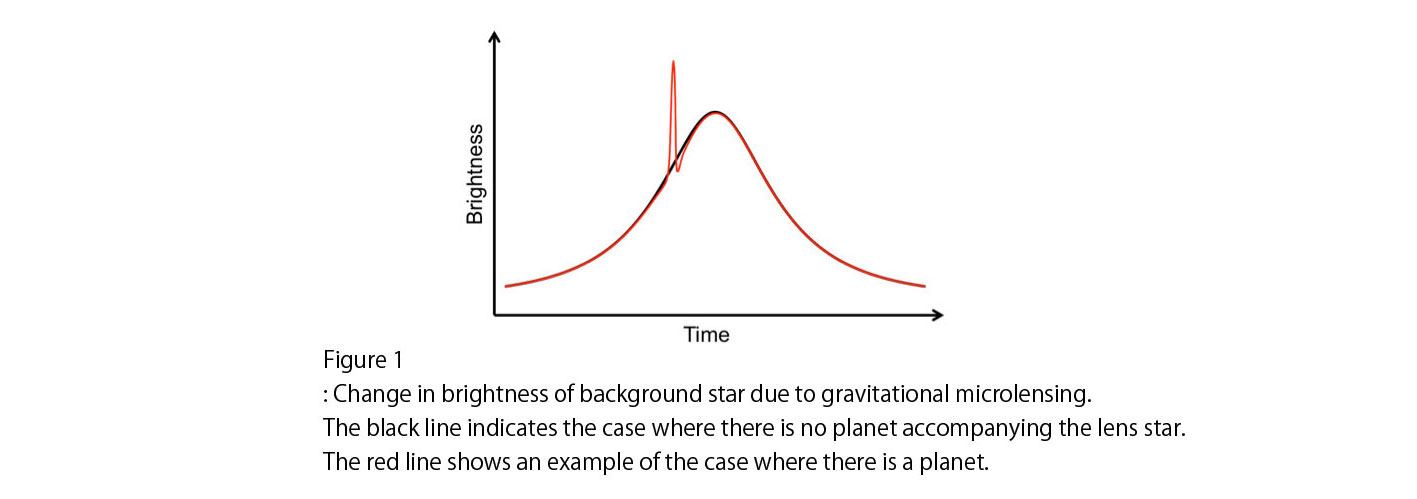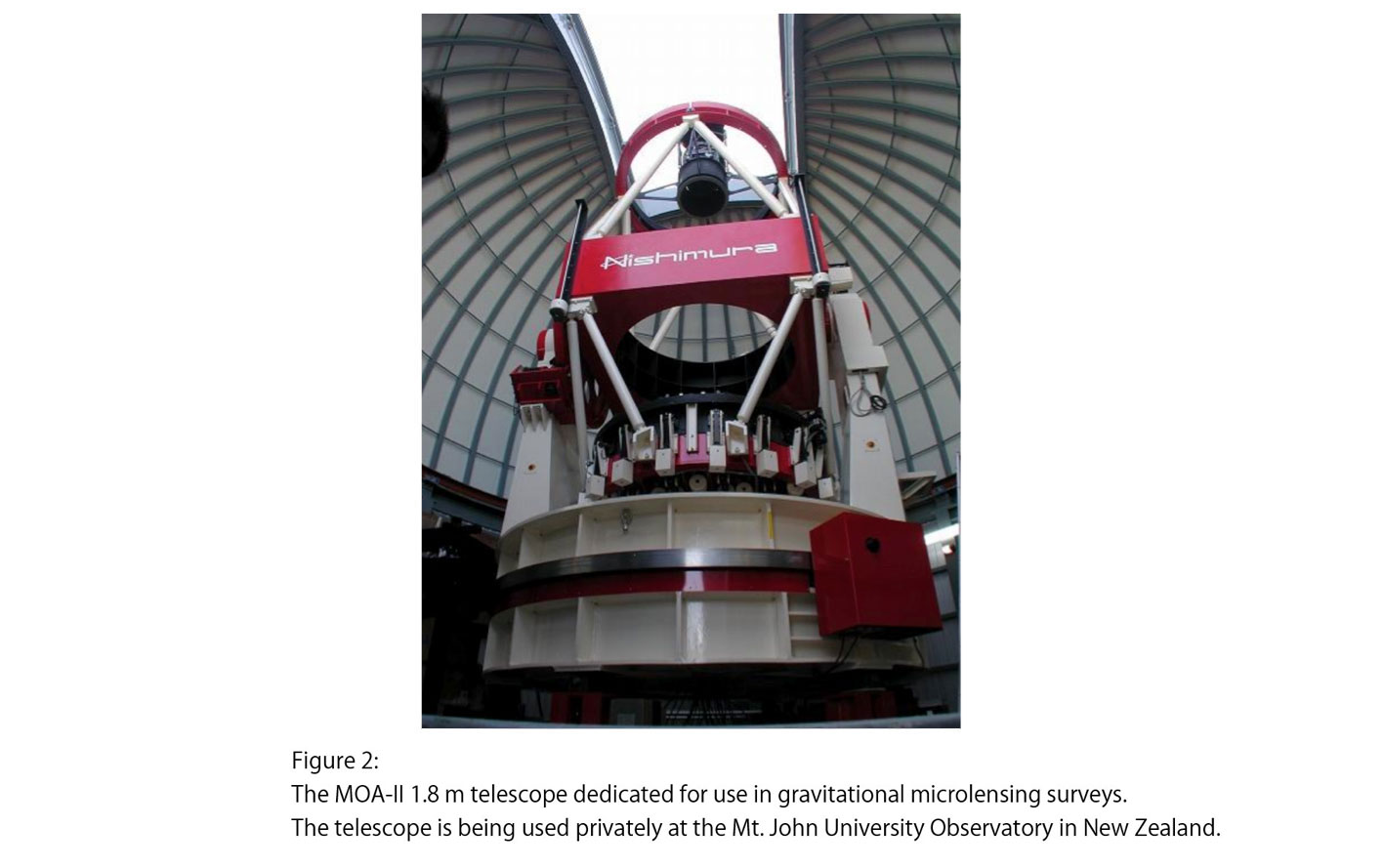Home > Researcher Columns > As Many Exoplanets as There are Stars
As Many Exoplanets as There are Stars
Are there planets orbiting stars other than the Sun? How heavy are these planets, and at what distance do they orbit their host star? How many of them are there? Are they numerous or rare? Twenty years ago, we only knew about our own solar system, and the answers to these questions were unknown. However, today thousands of diverse planetary systems have been discovered, and we are beginning to understand the answers to these questions. It is now known that there are as many exoplanets as there are stars, as the title of this column indicates (In Japanese, as many as there are stars means too many to count, but it is used literally here.). These observational facts are helpful clues for elucidating how planetary systems are born—including our own solar system. For that reason, research is being carried today out using a variety of methods, with numerous research groups competing to discover new exoplanets.
Exoplanets are faint, and located close to their host star, which is relatively very bright when viewed from the Earth. This makes the contrast very high, and it is extremely difficult to directly observe an exoplanet. Therefore, almost all currently known planetary systems were discovered using the indirect method, i.e., one where a certain star is carefully observed, and then evidence is found indicating that planets are in orbit around the star. This indirect technique is sensitive to planets which orbit near their host star, i.e., those which would orbit inside the orbit of the Earth in the case of the solar system. As a result, the number of discovered planets with orbits outside of the Earth's orbit is small compared to the number discovered with orbits near their host star. In order to elucidate the formation of planets, it is necessary to know the detailed distribution of these outer planets, and one technique for doing this is the gravitational microlensing method which our research group is studying.
Gravitational microlensing is an indirect and fairly complicated method of discovering exoplanets, in which investigators indirectly pick up the gravity of the host star and planets, not the brightness of the host star. The technique cleverly exploits the gravitational microlensing phenomenon of the general theory of relativity, in which light bends due to the effects of gravity. In the gravitational microlensing phenomenon, if another star happens to be present on the near side when observing a certain distant star (the background star), then light from the background star is bent due to the gravitational effects of the star on the near side (the lens star). That light is focused on the Earth, and thus the background star appears brighter. From our viewpoint, the image appears brightest when the lens and background star line up in a straight line. Since both the lens and background star are freely moving through the Milky Way, just like the solar system, this lensing phenomenon changes over time, and it is possible to observe time variation in the brightness of the background star. If the lens star has an accompanying planet, and that planet is at just the right position, then the light from the background star is bent further due to the gravitational effects of the planet, and a complex pattern of light amplification is exhibited (Fig. 1).

A planet is discovered if this complex pattern can be observed in close detail, but the process is not that easy. The gravitational microlensing phenomenon itself is extremely rare, and thus it is necessary to watch many stars. In addition, the complex light amplification pattern which provides evidence of a planet happens in a short time interval, and thus observation must be done frequently. For example, to discover one planet similar to Neptune every year, it is necessary to observe roughly 10 million stars at a frequency of once every several tens of minutes. To achieve this, the MOA (Microlensing Observations in Astrophysics) collaboration has established a dedicated telescope (Fig. 2) with an aperture of 1.8 m at the Mt. John University Observatory, located on the South Island of New Zealand, and observations toward the Galactic center are being carried out every clear night. The direction toward the Galactic center, where stars are densely concentrated, is ideal for searching for the microlensing event. Furthermore, the telescope has a wide field of view for capturing a larger number of stars, and it uses a special-purpose optical filter. The search for gravitational microlensing is being conducted in this way, using an optimized telescope and strategy, and approximately 10 planets are discovered a year in collaboration with other groups. Compared with the number of planets discovered orbiting near their host star, the number of planets discovered using the gravitational microlensing is still small. However, as described above, it is difficult using other detection techniques to discover low-mass planets orbiting at a distance around that of Jupiter from the host star, and increasing the discovered number of these planets will improve understanding of planet formation.

Furthermore, with the gravitational microlensing it is possible to discover planetary-mass objects which have strayed from their host star for some reason. Since the definition of a planet includes "orbiting around a star," it is not clear whether objects of this type should be called planets, but they are sometimes called "rogue planets". In our previous research, we have found that rogue planets of roughly the mass of Jupiter exist in roughly the same number as stars. If bodies ejected while a planetary system is being formed are rogue planets, then there is a need for a comprehensive theory of planet formation which can also explain why there are as many rogue planets as there are stars. Going forward, we will continue to make new discoveries using the gravitational microlensing, and we will deepen our understanding of the distribution of exoplanets and the process of planet formation.
Daisuke Suzuki (University of Notre Dame)
